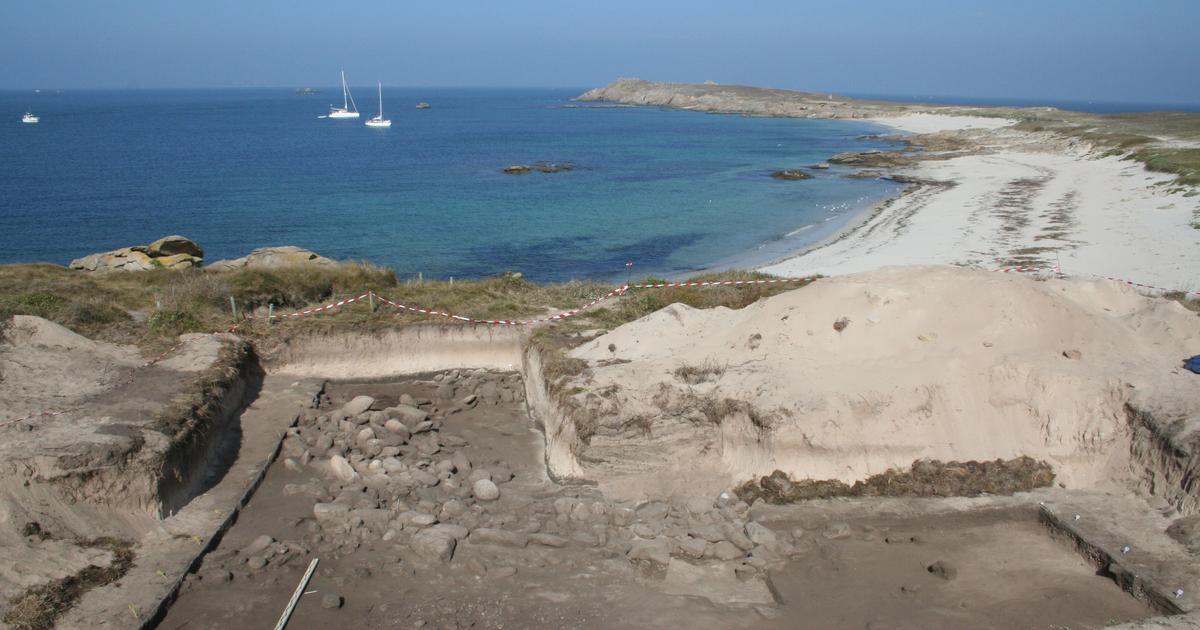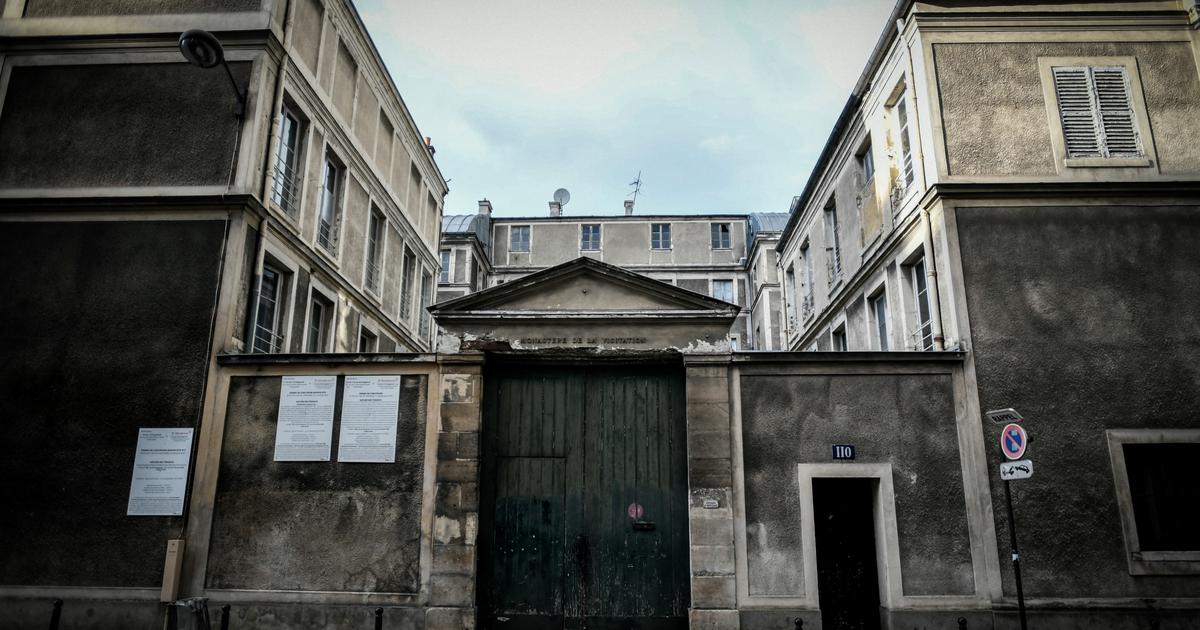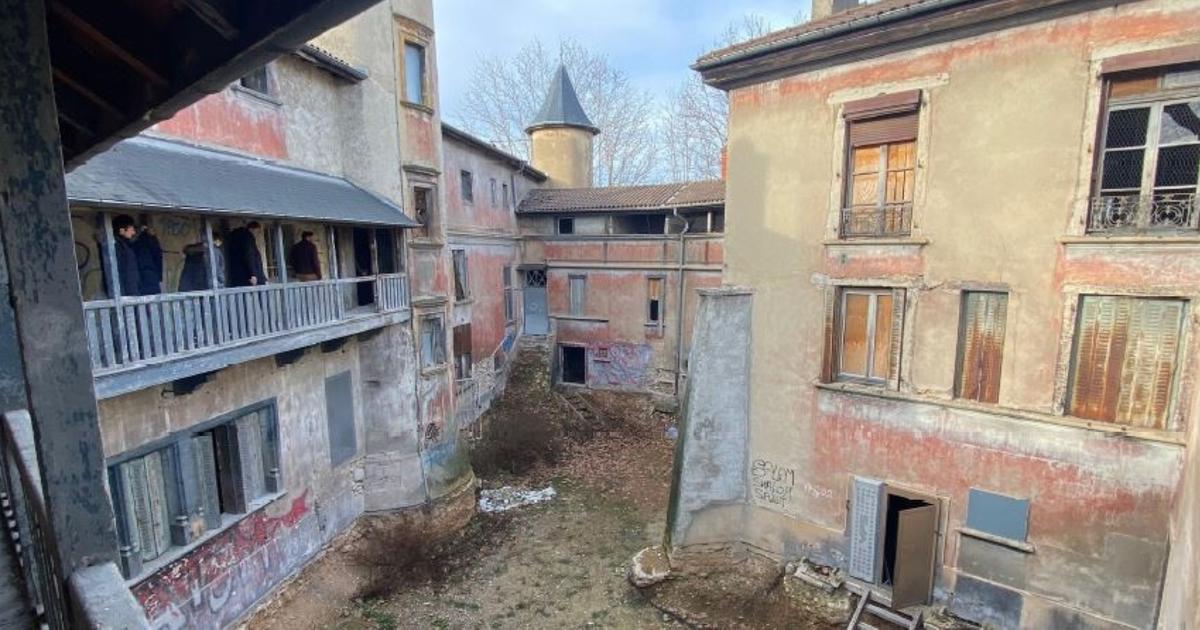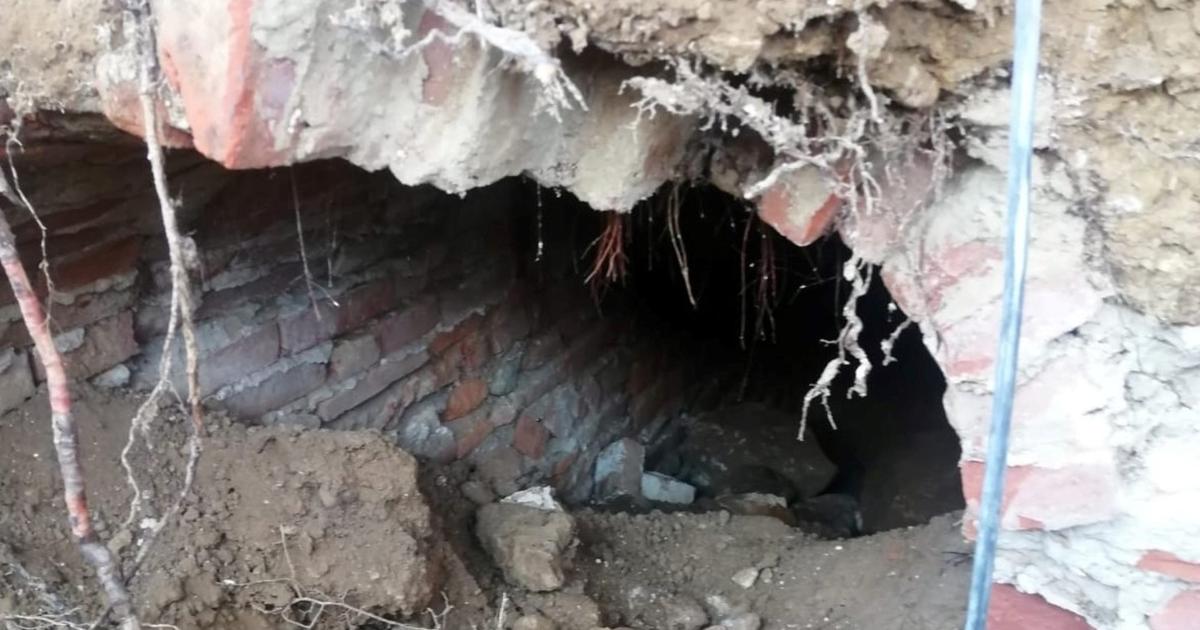The Carnac site (Morbihan) has rarely been so much in the spotlight. The Breton capital of megalithic alignments is at the heart of a controversy after the revelation of the potential destruction of menhirs, as part of the project to build a store Mr Bricolage. The scale of the scandal has become national since Wednesday, especially through social networks. Far-right polemicist Eric Zemmour even invited himself to the ball. "On a trip to Brittany, I wanted to go to Carnac, where 7,500-year-old menhirs are being massacred. What this era destroys, we will rebuild," he wrote on his Twitter account on Wednesday evening.
Traveling in Brittany, I wanted to go to Carnac where 7500-year-old menhirs are being massacred.
What this era destroys, we will rebuild. pic.twitter.com/koAHn3iCd1
— Eric Zemmour (@ZemmourEric) June 7, 2023
Faced with the controversy that swelled, the DRAC (Regional Directorate of Cultural Affairs) Brittany wanted to "clarify the reality". "We could read that 39 menhirs had been destroyed but there were only four blocks of stone on which we had a question and no more," says Isabelle Chardonnier, director of the DRAC Brittany, surprised by the extent of the controversy.
"We quickly took note of this description (of 39 menhirs) made by some, the reality is absolutely not that. Indeed, out of about forty blocks of stone, only four of them could suggest that they had archaeological value," she says. "It is quite exceptional this kind of controversy, while we do a lot of dialogue on the value of heritage with the inhabitants and public authorities in the region," says the director of the public institution.
In a statement, the DRAC also recalled the precedents in this story. In 2014, his services had examined an application for a building permit for a supermarket project located Chemin de Montauban in Carnac, filed by a private company. As the project is located near a preventive archaeology excavation conducted in 2009, which uncovered Neolithic remains, the realization of a preliminary archaeological diagnosis was then prescribed, according to the DRAC.
No archaeological remains have been discovered strictly speaking. On the other hand, it appeared that two old fences hidden in the coppice were built from standing blocks, connected by dry stone walls.
"The damage to a site of archaeological value is not established"
But for the DRAC, it was "not then possible to define precisely the nature of these discoveries". In one of the fences, the blocks had obviously been moved to build the low wall. "It is therefore not a line of menhirs in place historically," assure the cultural services.
Another set was more complex in interpretation. Blocks 0.50 to 1 m high were implanted deeper into the earth. "Four of them showed the marks of wear in an upright position for a very long time", and therefore could have been of archaeological interest.
The DRAC Bretagne then prescribed in July 2015 an excavation on 2,000 m2, at the location of these two rows of blocks. No follow-up was given by the client to this prescription since the building permit for the supermarket was finally refused for reasons unrelated to archaeology.
It is in this context that the city of Carnac was seized by the same owner of a new application for a building permit in 2022. "On this request, the architect of the Bâtiments de France has issued a favorable opinion," says the DRAC in its press release. The land in question has not been listed among the areas of archaeological presumption, i.e. the areas that warrant an opinion from the regional archaeological service.
So, do the entrepreneur and the city hall risk prosecution? A priori, no. "Because of the still uncertain nature and in all cases not major of the remains as revealed by the diagnosis, the damage to a site with archaeological value is not established", for the DRAC.









